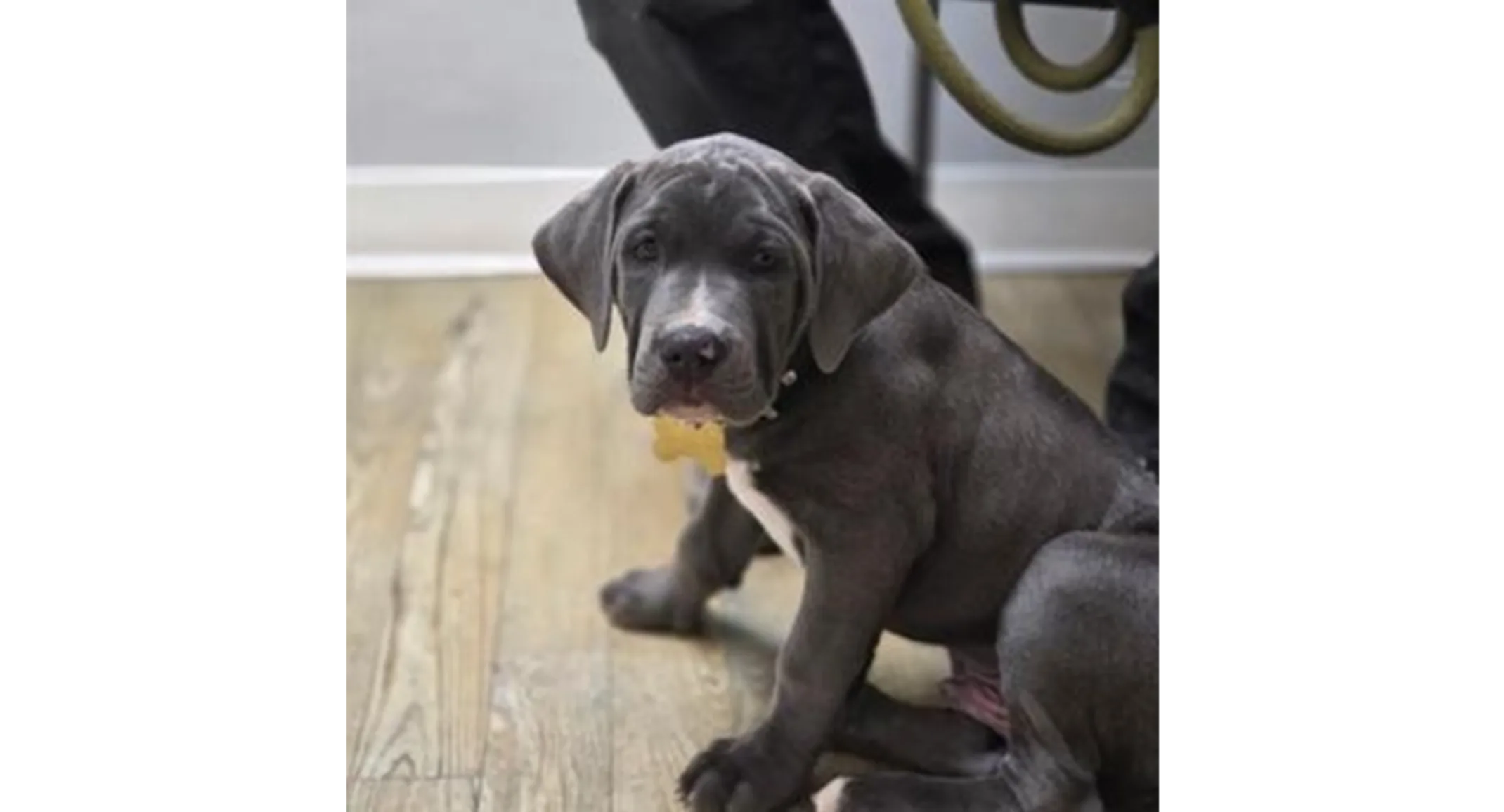Puppy Socialization Checklist
General

Examine teeth, paws, tail, ears, and feet – touch/massage all of these areas
Put up on a table until relaxed, then put down – going up and down several times is good, say up and down as they move
Walk by different objects on the street such as mailboxes, bus stops, parked cars, etc.
Expose them to a wide variety of animals (keep your pup on a leash)
Expose them to people in wheelchairs, using crutches or canes, pushing baby strollers, etc.
Groom often – they should freely tolerate grooming
Visit pet friendly store and while there practice your commands to teach generalization
Walk on a leash in a crowded area
They should accept being touched by a cat
Allow them to play with other dogs (supervised)
Give them a firm hug for a slow count of 10, should learn to accept it and not fight you
Have them around a fireplace or campfire
Enroll them in Dog Obedience or Socialization classes
Expose them to people of all ages, genders, and ethnic backgrounds
Expose them to people with facial hair or wearing hoods, hats, toques, etc.
Expose them to people in uniform
Have them around different types of motor vehicles – skidoos, snow plows, garbage trucks, etc.
Expose them to loud noises such as thunder, vacuum, snow blower
Walk them on different surfaces – mud, wood, grass, ice, carpet, tile, etc.
Puppies need many positive experiences before the age of five months to promote a confident, friendly adult personality. The ultimate goal is for the puppy to show no fear around new situations. If introduced before 3 months of age, most puppies show no fear.
If the pup does show fear, do not try to comfort them, this soothing talk and stroking is perceived as praise and may actually increase the fearful behavior. The correct response is to ignore the reaction and approach the object while you act relaxed. If they are still fearful, move away until the pup is acting friendly and confident again. At this point you should be acting very relaxed. Move slowly closer and praise in a happy tone any movement by the puppy toward the object. Once the pup shows no fear in the situation, you can check it off the list. Continue socialization throughout the first year of life.
